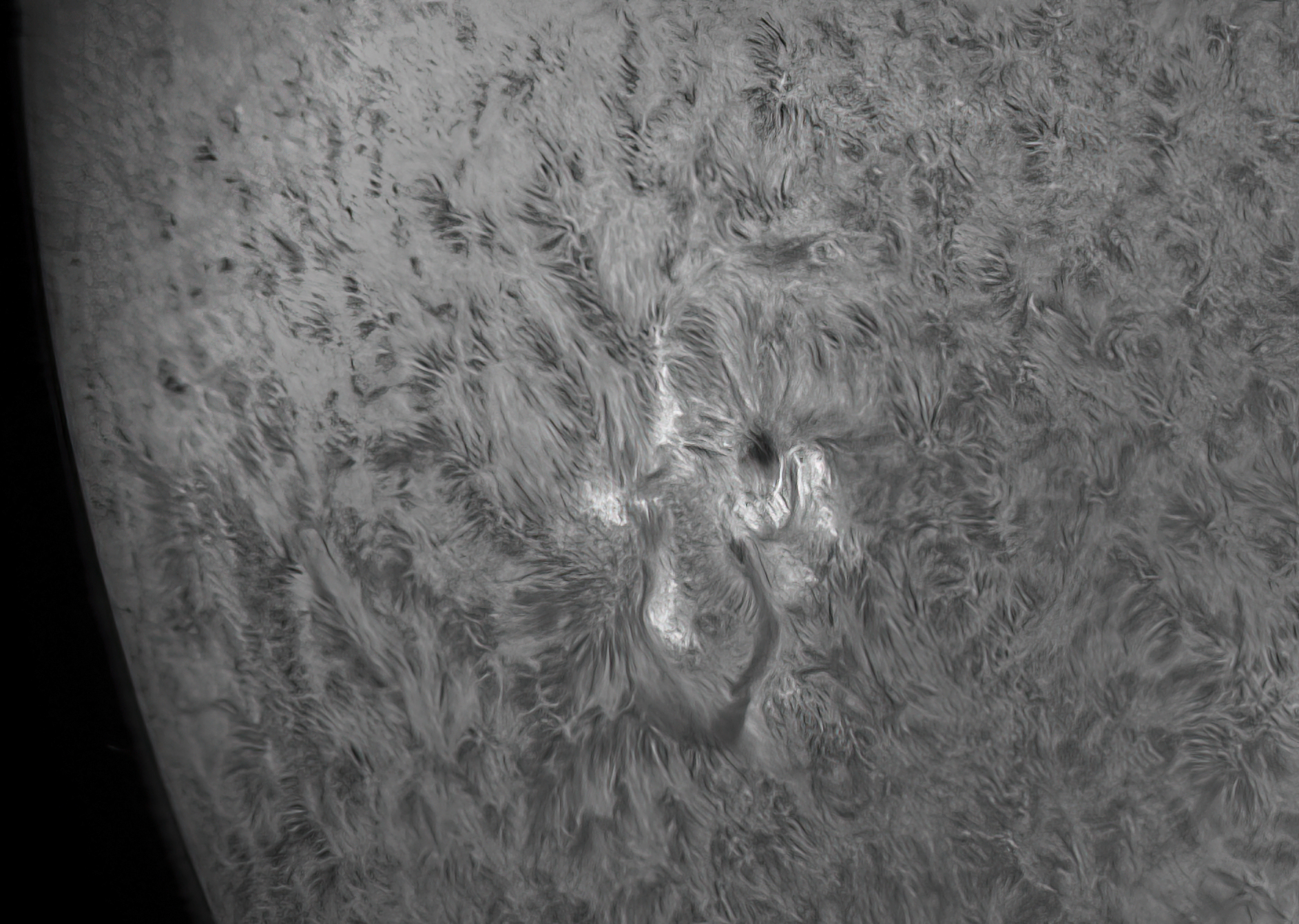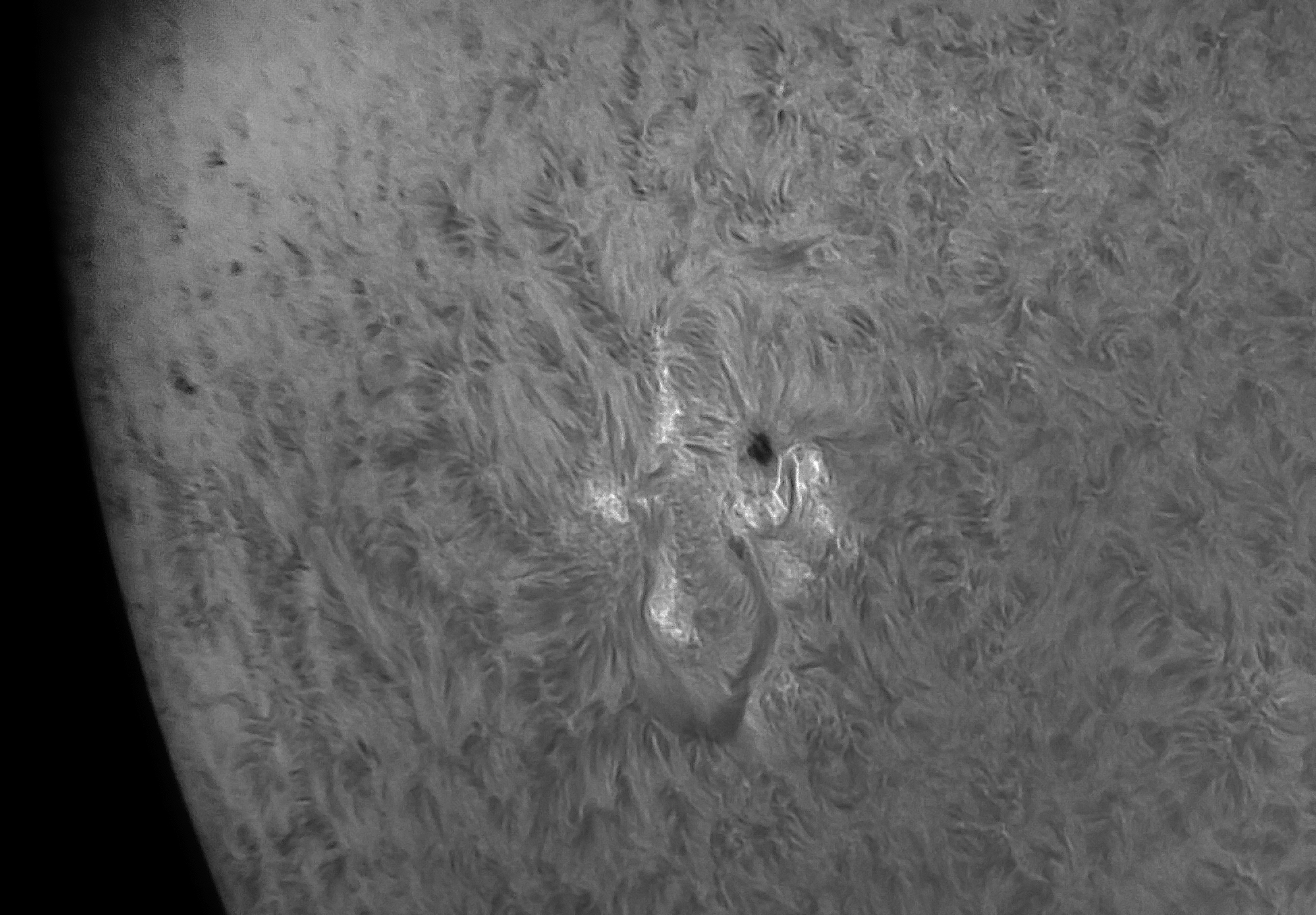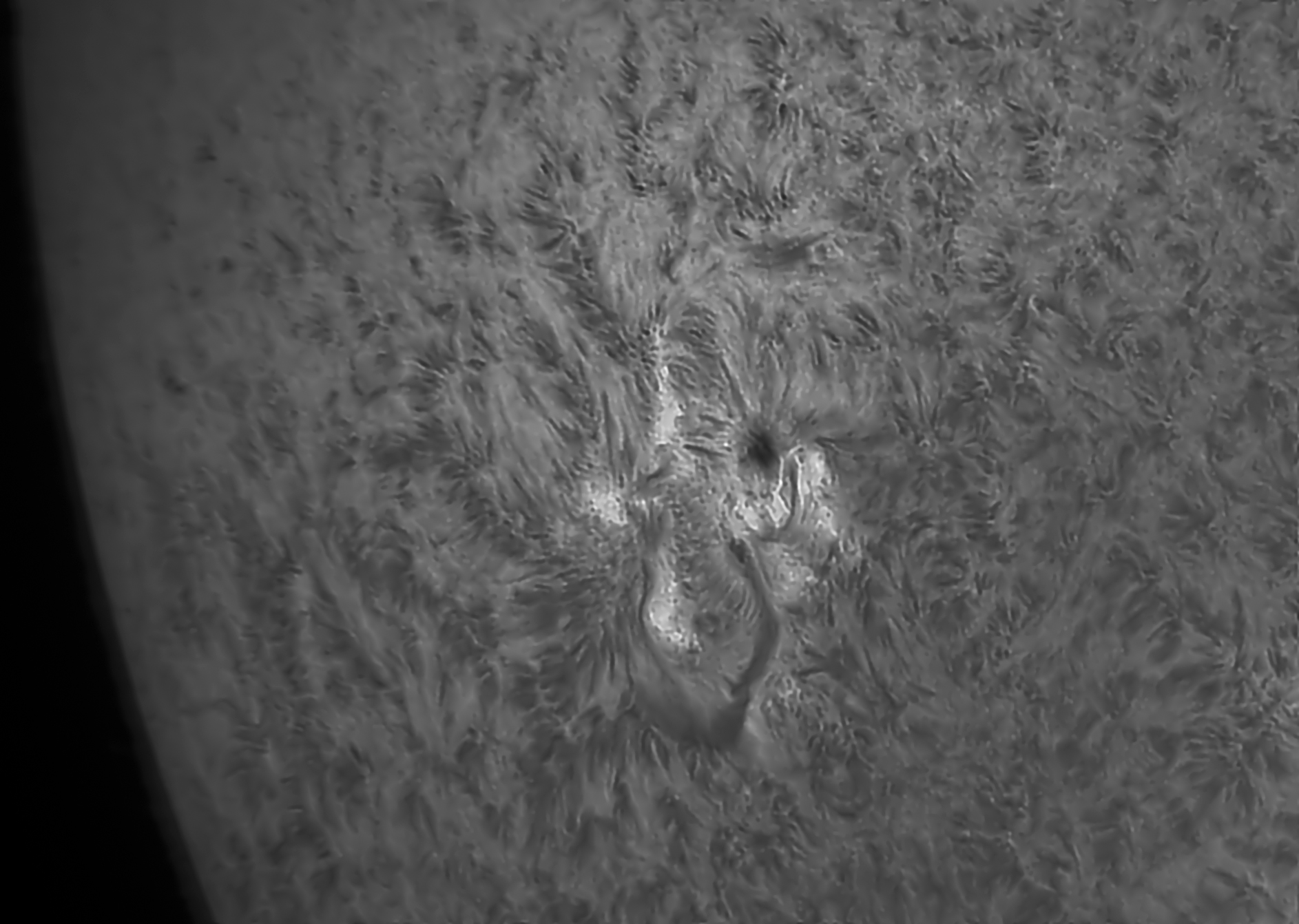To paz or not To paz?
08/25/2021. AI, that is the question... OK, see, I've heard people doubt that image processing programs pull real details out of blurry pictures for as long as I've written or used image processing software (35 years, 36?). So when I hear that TopazAI is too good to be true, I'm inclined to dismiss that criticism as so much uninformed and probably baseless skepticism. But when both Emil Kraaikamp (Mr. Autostakkart) and Damian Peach (probably the best planetary imager on this planet) say it's a problem, I tend to think it might be.
After a fair amount of inspection over several weeks, I haven't caught TopazAI introducing features that I can't tease out with other software (albeit tediously, after maybe half an hour, rather than almost instantly, in a few seconds), so maybe you have to really abuse the program to make it misbehave (and, yes, you certainly can persuade it to impute implausible structures by pushing data beyond all reason). The question is: does it slip in some subtle fictions even when used with care? And the point is, who can be sure?
I watched a video from Damian that suggests that Registax's wavelets processing is much better than I have heretofore appreciated, so I spent some time last night and more today finding my way around those options in that program. I don't think my TopazAI images show anything that wavelets processing can't, but they do show many of those things more vividly and a helluva lot more easily, and I do like the tones Topaz outputs. Nevertheless, let's see if the standard suite of known-good software can get the job done on astronomical images, at least until More Is Known.
Here are three treatments of an image of a nice C-class flare from 08/23/2021 refined in AutoStakkert!3 from the best 200 out of 1,000 frames. I finished the first using TopazAI, the second using Registax, the third using PixInsight. All have been through Photoshop for noise and tone adjustments.


